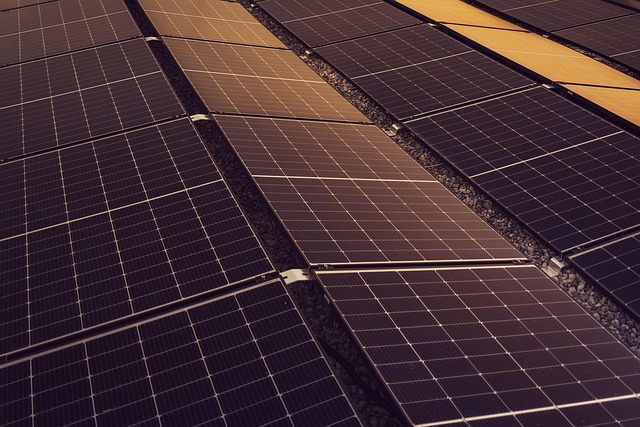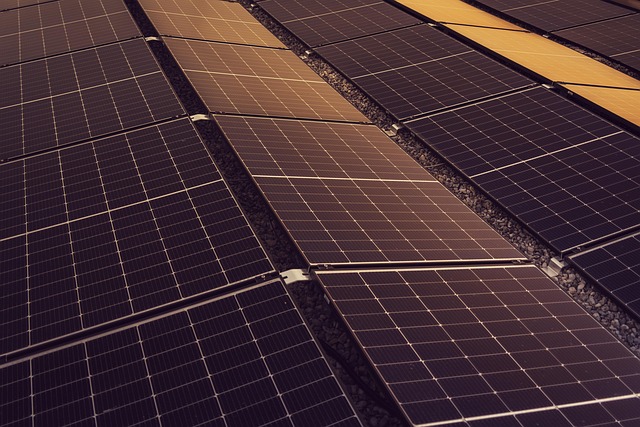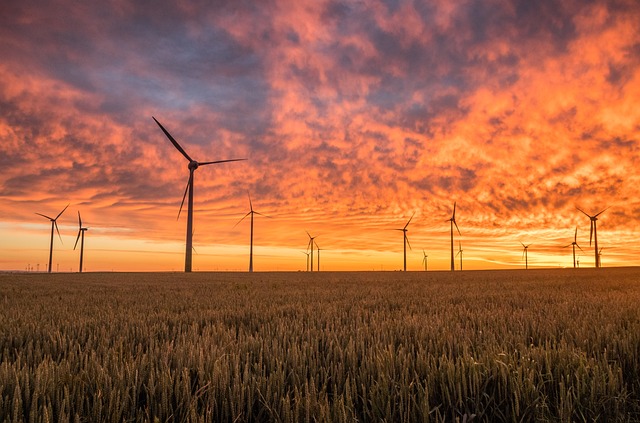The world we live in is at a pivotal point where efficiency and sustainability must be intertwined to ensure a better future. As we delve into the concept of green innovation, it becomes evident that adopting sustainable practices is crucial for not only addressing environmental concerns but also redefining how we approach development.
Sustainable development is more than just a buzzword; it represents a paradigm shift in our collective approach to progress. With rapid urbanization and industrial growth, the ecological footprint of our activities continues to rise, leading us to question the consequences of prioritizing short-term gains over long-term sustainability. Green technologies emerge as a beacon of hope, offering us innovative solutions that reduce waste and resource consumption while promoting a healthier planet.
By embracing initiatives that focus on carbon neutral practices, we begin to see the potential of green innovation not as an obstacle, but as an opportunity for improvement. Take, for instance, renewable energy sources like solar and wind power, which significantly lower carbon emissions compared to traditional fossil fuels. This transformative shift not only diminishes our reliance on non-renewable resources but also supports the creation of new industries and jobs, positively impacting local economies.
Moreover, businesses worldwide are recognizing that integrating sustainability into their core operational framework generates efficiency gains that boost their bottom line. Companies that invest in green innovation find themselves adopting practices that lead to lower energy consumption, reduced waste, and more sustainable supply chains. This aligned strategy not only enhances corporate reputation but also drives customer loyalty, as more consumers are prioritizing eco-friendly brands.
We cannot overlook the significant role of technology in advancing these green initiatives. With advancements in artificial intelligence and the Internet of Things (IoT), businesses can monitor their resource usage in real-time, optimizing processes to drive efficiency and sustainability. Smart grids, for example, allow for better energy management, leading to decreased emissions and a more resilient energy infrastructure.
Education and awareness also play an essential role in promoting green innovation. As communities become more informed about sustainable practices and their benefits, the momentum toward adopting green technologies accelerates. Schools, local governments, and non-profit organizations can collaborate to create programs that teach individuals from a young age about the importance of eco-conscious living.
In the quest for a greener tomorrow, each of us has a part to play. By supporting and advocating for green innovation, we can collectively dismantle the heavy weight of our ecological footprint. Ultimately, sustainable development is not just about conserving resources; it’s about innovating new methods that foster a thriving planet for future generations. The intersection of efficiency and green technologies highlights the path forward—a path filled with promise, opportunity, and hope.




